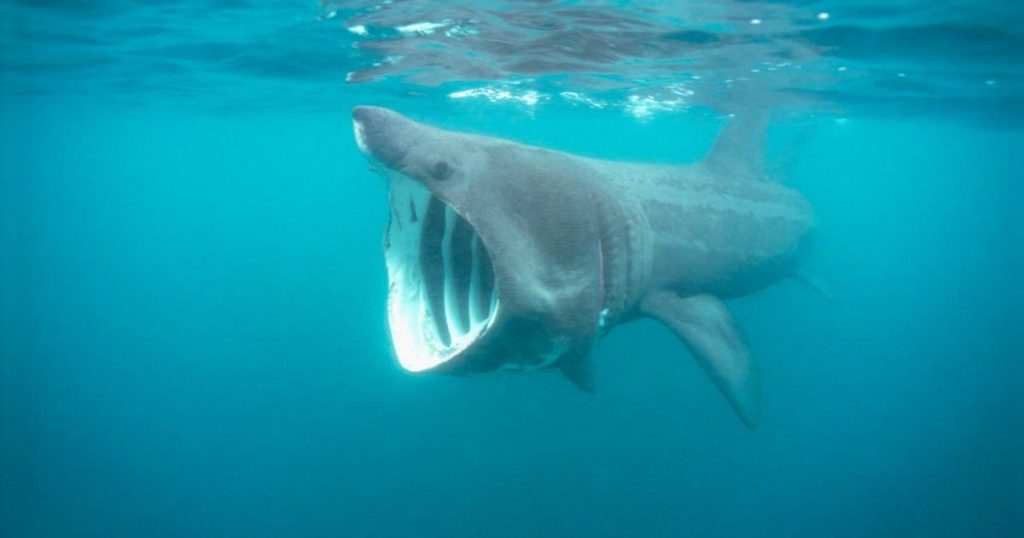The data reveals a consistent presence of sharks in UK waters between 2020 and 2024, with sightings and incidents reported across a wide geographical range. The records include a mix of live and deceased sharks, representing various species, sizes, and circumstances. While some locations experienced multiple shark-related events within a given year, others witnessed isolated incidents. The consistent presence across diverse locations highlights the importance of ongoing monitoring and research to better understand shark behavior and distribution within UK waters. This information is crucial for both conservation efforts and public safety.
The years 2020 and 2021 saw a spread of incidents, with several deceased sharks found on beaches, including Oxwich Bay, Chillerton Beach, Filey Beach, Redcar, and West Wittering Beach. Live shark sightings were also reported, some identified to specific species like blue and grey sharks, observed in locations such as Saunton Sands and Ryde respectively. Notably, 2020 recorded a concerning incident involving a shark attack on a beachgoer off the South Coast, underscoring the potential for human-shark interaction. The identification of a possible great white shark near Tudweiliog in 2021 further emphasizes the diversity of species present in UK waters.
The trend of both live sightings and discoveries of deceased sharks continued into 2022. Diverse locations, including Sandy Cove, Brighton, Bay Bach, Rossal Beach, and Ingoldmells, reported shark-related incidents. A significant event occurred in Penzance, where a shark bit a beachgoer, mirroring the 2020 South Coast incident and reinforcing the potential risk associated with human-shark encounters. The reported presence of larger sharks, measuring 3-4 meters in Brighton, suggests the possibility of larger, potentially more dangerous species frequenting these waters.
In 2023, the geographical distribution of shark-related incidents remained widespread, spanning from the south coast to County Antrim in Northern Ireland. A notable attack occurred in Skerries, causing a severe thumb injury to a beachgoer, highlighting the potential for serious harm in human-shark interactions. The discovery of a deceased tiger shark on Mumbles Beach adds another species to the growing list of sharks documented in UK waters, expanding the understanding of the region’s biodiversity. The continued reporting of basking shark sightings emphasizes the presence of these large, filter-feeding sharks in the area.
The data from 2024 reveals continued shark activity in UK waters. Sightings ranged from a possible juvenile shark with black spots found deceased in Blackpool to a large shark, estimated at 12-13 feet, observed near Tenby. The identification of a tope shark at Frinton Beach adds further diversity to the species list. The reports from various locations such as Seaton, Hive Beach, and Kyle of Lochalsh, even if some are unconfirmed as to species, maintain the trend of consistent shark presence across different areas of the UK coastline.
Overall, the compiled data depicts a complex picture of shark activity in UK waters over a five-year period. It reveals a consistent presence of sharks, encompassing various species, sizes, and circumstances. While the majority of reported incidents involve deceased sharks or non-threatening sightings, the recorded shark attacks in 2020, 2022, and 2023 underscore the potential risks associated with human-shark interaction. This data emphasizes the need for continued monitoring, research, and public awareness to better manage these interactions and ensure both human safety and the conservation of these important marine species.


